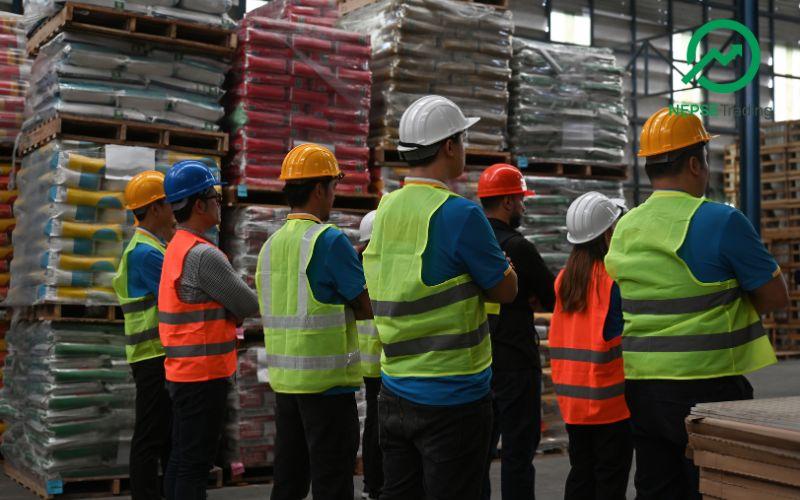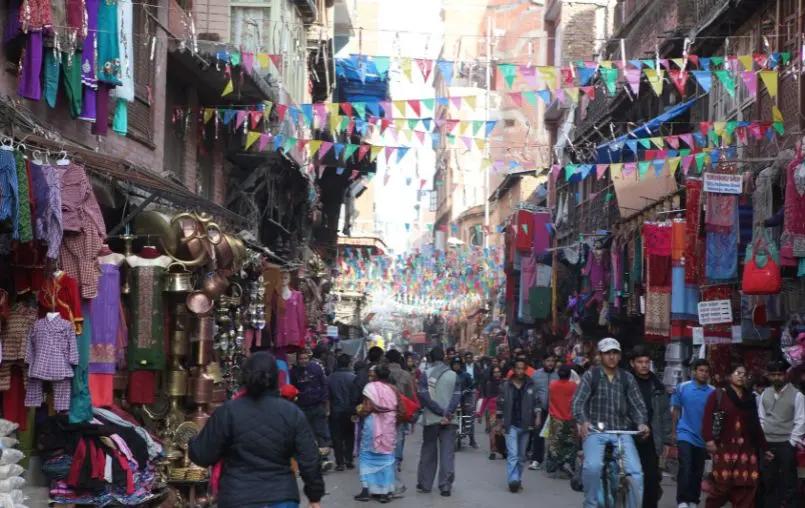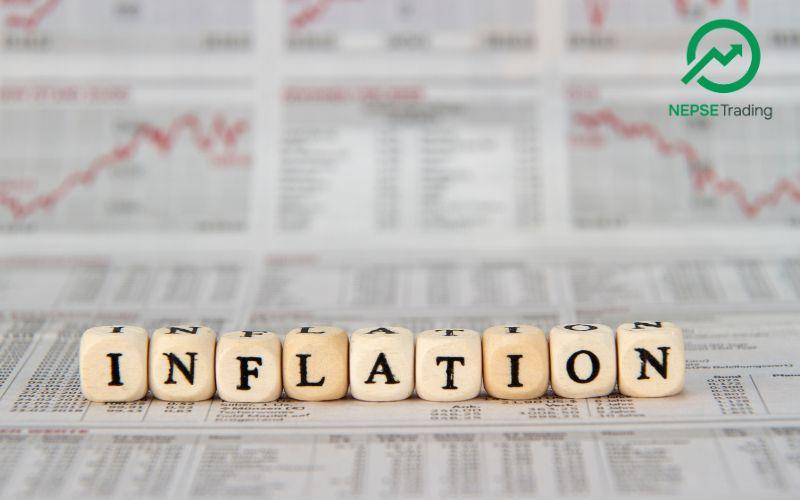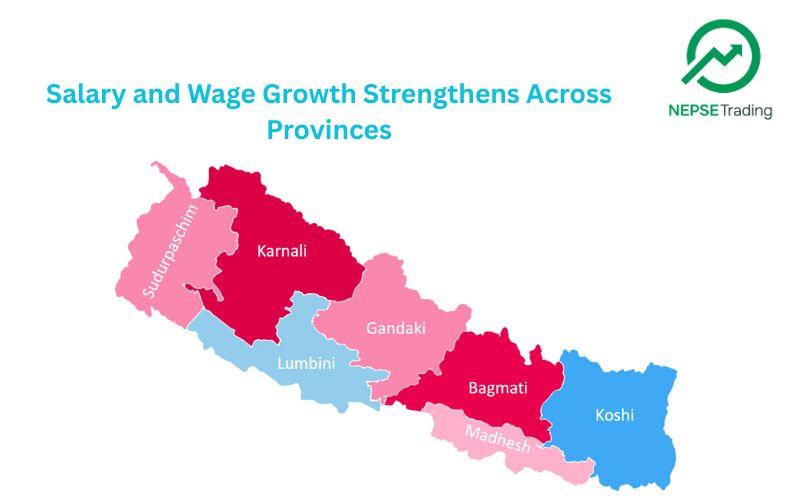By Sandeep Chaudhary
Rice Imports Jump 45.9%: Can Nepal Ever Be Self-Sufficient in Food Grains?
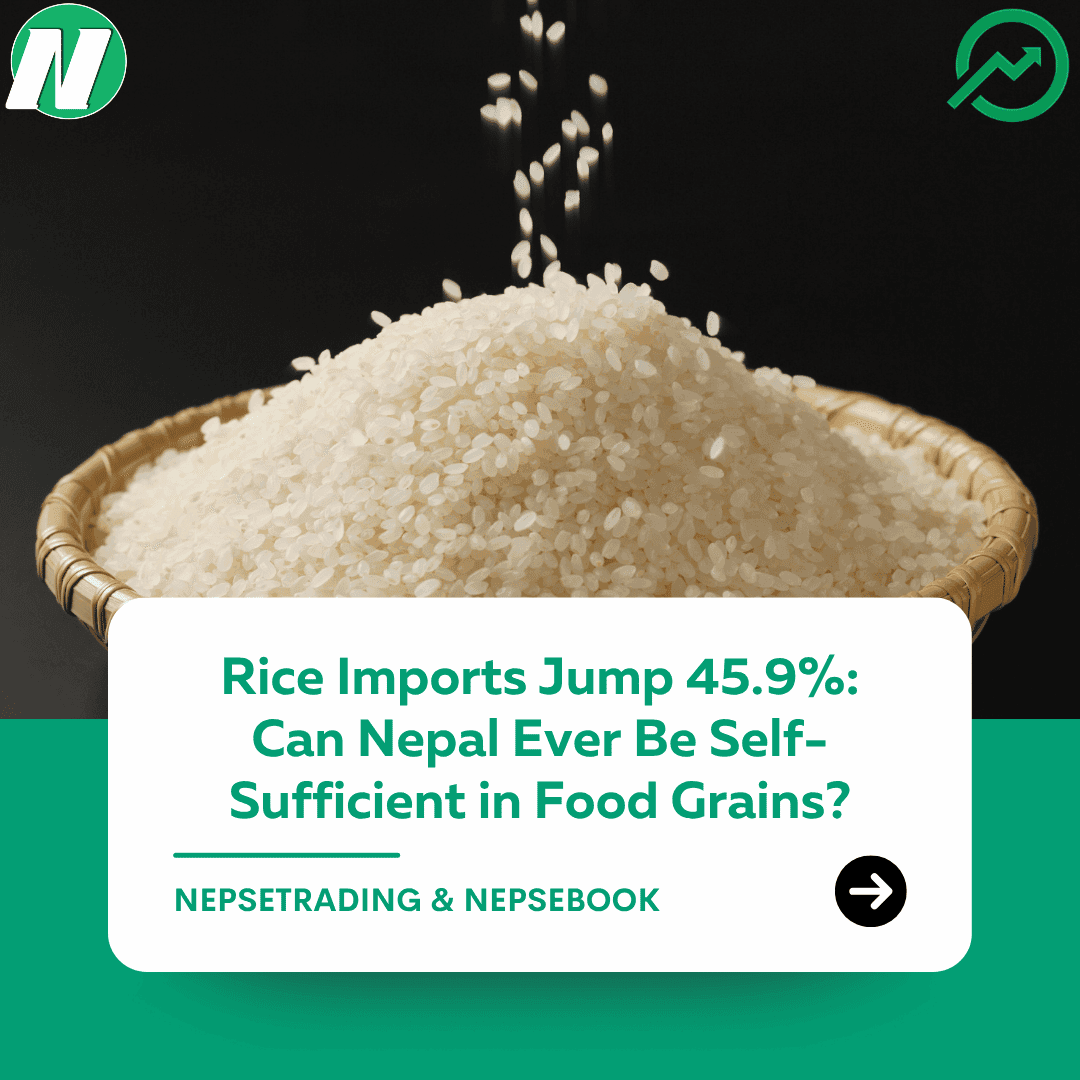
Nepal’s rice and paddy imports surged by 45.9% in the first month of 2025/26, reaching Rs. 2.91 billion compared to Rs. 2.00 billion in the same period last year. With rice imports now accounting for nearly 2% of total imports, the trend has once again raised critical questions about Nepal’s long-standing struggle with food self-sufficiency.
Experts attribute this sharp rise to multiple causes. Firstly, declining domestic rice productivity due to erratic monsoons, shrinking arable land, and low mechanization has forced Nepal to rely on imports, mostly from India. Secondly, the shift in consumption patterns toward fine rice and premium varieties has increased dependency on foreign supply, as local farmers continue to focus on traditional paddy types.
Another factor is Nepal’s weak agricultural policy and distribution system. Despite heavy subsidies in fertilizer imports, farmers face delays in seed distribution, irrigation challenges, and price volatility, leading to lower yields. Meanwhile, rising urbanization and population growth continue to drive demand, widening the supply-demand gap.
Economists warn that this growing reliance on rice imports could worsen Nepal’s trade deficit and threaten food security during external shocks such as export bans or supply chain disruptions. While Nepal has the natural potential to be self-sufficient in grains, achieving that goal requires investment in modern farming technology, irrigation networks, storage facilities, and farmer incentives. Without such structural reforms, the dream of food self-sufficiency will remain distant.


